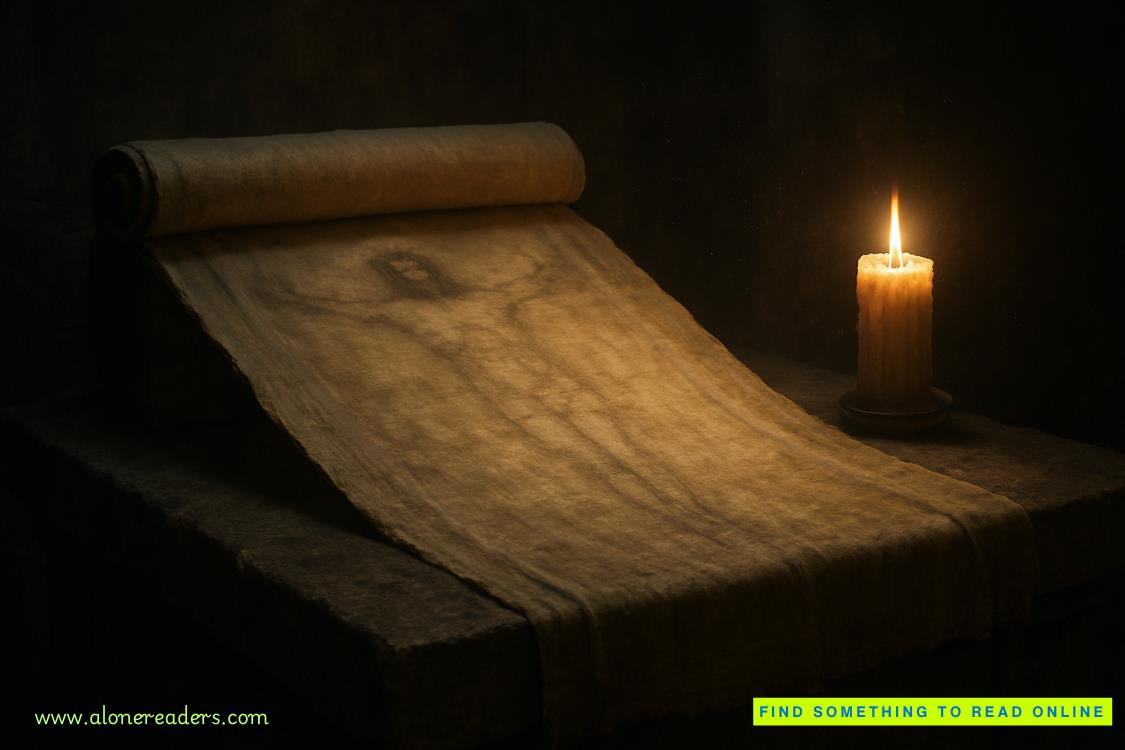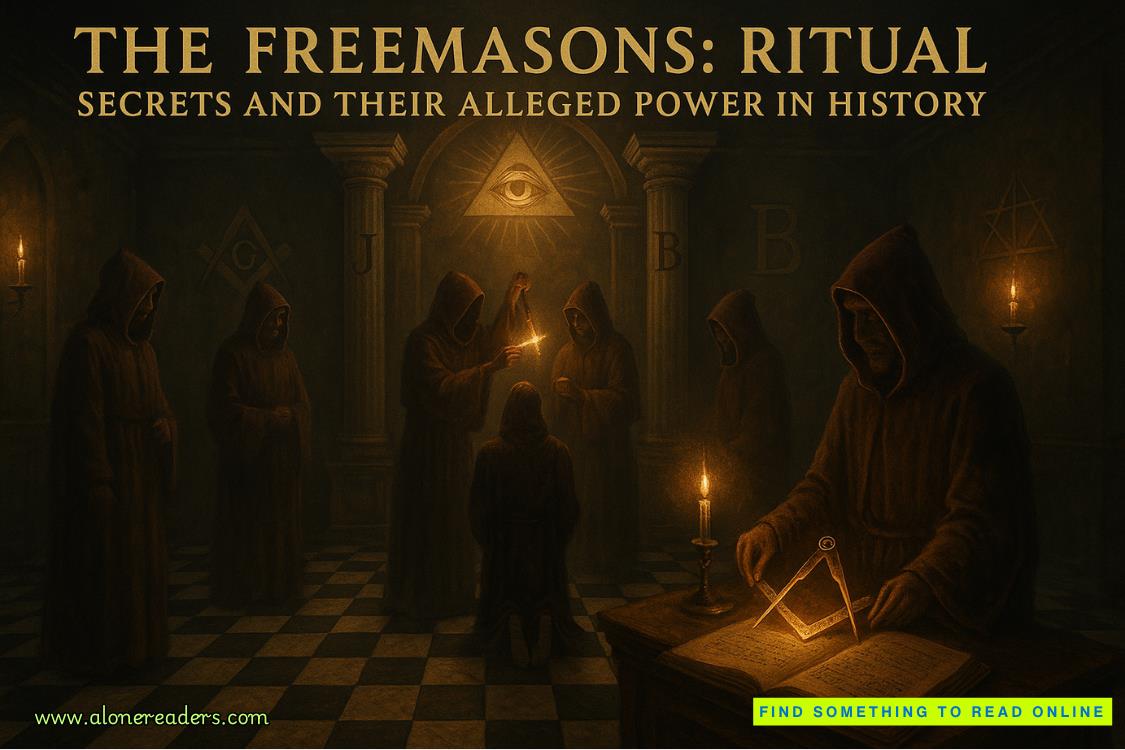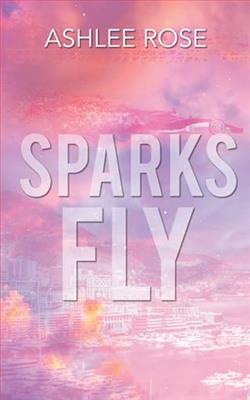Page 26 of Surge of Fire
I’m freaking giddy. “This allows you to track animals further than any other tracking device. But not only that, you use yourLaser Chipper to tag animals from far distances without hurting them.”
She looks pleased, and she probably should be. The paper about her invention had just recently been printed, so the knowledge isn’t widely known yet. But I have an alert set up to automatically notify me anytime anything is published from Dr. Abigail, or including her.
Without a word, she opens a drawer and slides out a device that looks like a small silver gun hanging from a long, thin silver chain. A necklace identical to the one she’s wearing. She holds it out for me and says, “Take it. You’ll be wearing it from this point forward.”
I do as she says and slip it around my neck. It's lighter than I expect. The gun sits right between my breasts, always close enough to reach.
She lifts up her own necklace. “Hold it out like this.”
I do as she tells me, holding it between my two hands with my thumbs resting on a smooth black plate on the back of it, my fingers on the trigger. “Ouch.” The damn thing shocks me, and I drop it, grateful the chain keeps it from falling.
“It’s now taken a recording of your fingerprints. The only way someone else can use it is by holding it the same exact way. Then, it will allow both of you to use it. Slip your thumbs off the back.” I obey. “From now on, if you fire it, as you would any other weapon, the Tracker will fire if there’s a living being in front of it. It can fire as far as 120 yards, or the length of a football field, and adjusts velocity based on how far or close the target is. It also zeroes in on anything that radiates heat, so don’t shoot it with people in that area.”
“It’s smaller than I imagined,” I tell her, and I hate that I sound breathless.
“A lot of the animals we track have a tendency to surprise us when we least expect them. This way, whether I’m searching foran animal or out for a walk, I have the equipment in range to chip an animal. Then, we can keep an eye on them.”
“Is this how you’re allowing the phoenixes to remain in their habitat safely?”
She nods again, seeming surprised at my knowledge. “Right now, we’re putting female phoenixes in captivity, along with potential mates, because the females are so rare.”
“I heard that. Do you have any idea why the males seem to outnumber them ten-to-one?”
“You’ve done your research.” Again, she sounds impressed. “No, we don’t. But–” she turns and leads me to a door, where she swipes a keycard and then takes me further into the back. Here, there are ancient-looking books, textiles, pottery, and maps, along with photos of cave walls spread on different tables. Some of the cave walls even remind me of the one we explored. She snatches up one of the photos. “Petroglyphs depict the phoenixes, along with several other extinct animals, but all of the drawings are the males of the species. The jagged handfish, all male. The sphnix macaw, all male.”
“Have you found bones of any of the females?”
She smiles and goes to a drawer, slowly pulling it out. “We’ve found evidence of females in every species save for the phoenixes. Well, we have evidence of the female bones of more recent birds, but not from any from the past. Something about the composition of their delicate bones essentially turns them to dust after a short amount of time.”
As she closes the drawer, I wander back to the petroglyphs and frown when I spot one I don't recognize. “What’s this?”
She comes to my side and stiffens. “That, we believe, is a dragon.”
I laugh. “I guess even ancient people had wild imaginations.”
She’s quiet for a moment, but then says, “Yes, they did. Interestingly enough, dragons have been depicted across everycontinent throughout the ages in their books, maps, art, pottery, and textiles, but much like the phoenixes, there’s never been any bones to prove their existence.”
“Are you saying you think they might exist?” I ask, trying not to smile.
She shakes her head. “Of course not. Let’s get back to what you’ll be doing here. I want you to help me with something, and then I want to take you out and see if we can find a phoenix together.”
I nod, trying to keep up with the conversation.
The doctor leads me back out of the room and to the covered cage. She glances back at me and says, “Are you as good with animals as your essays and resume suggested, or was any of that bullshit? I want to know before I put an animal’s life in your hands.”
I stiffen. “I’m that good.” I’m not confident about many things, but I am about this.
She slowly pulls the blanket off the cage, and I gasp. For one second, it looks like a dead phoenix, but then I see its chest rise and fall, and I calm. It’s lying on its side, and it’s the most fragile-looking bird I’ve ever seen in my life. It’s long and slender, especially its neck, and it’s beautiful. Tiny, delicate feathers, red, orange, yellow, and black, cover its body. At the top of its head is a thin crest that has three larger feathers on the very tips of the crest itself.
“He’s beautiful,” I whisper.
“He really is,” she says, and I can hear the pleasure in her voice. This is her life’s work, and it shows. “We had to sedate him to check out his wing. He seemed to be injured, and we were worried he might become a meal to a predator.”
I nod.
She picks up the cage again and uses another keycard to take us into a room that has two doors. Inside I see massive cages,like what you’d find in a zoo, lining the walls. My jaw drops, and it's like my feet move of their own accord as I go to one of the cages, drawn to the female phoenix in a way I’ve never been drawn to anything in my life.
I’ve never seen colors like hers in any bird. The top of her head is gray, but the color darkens as it moves down her body. Reddish-orange tips every single one of her feathers, a golden shimmery color that seems impossible to exist in nature. I’ve seen people wear peacock feathers as an accessory, but those colors have nothing on this exquisite bird. She’s also smaller than the male phoenixes, by a lot. Everything about her is just… delicate.















